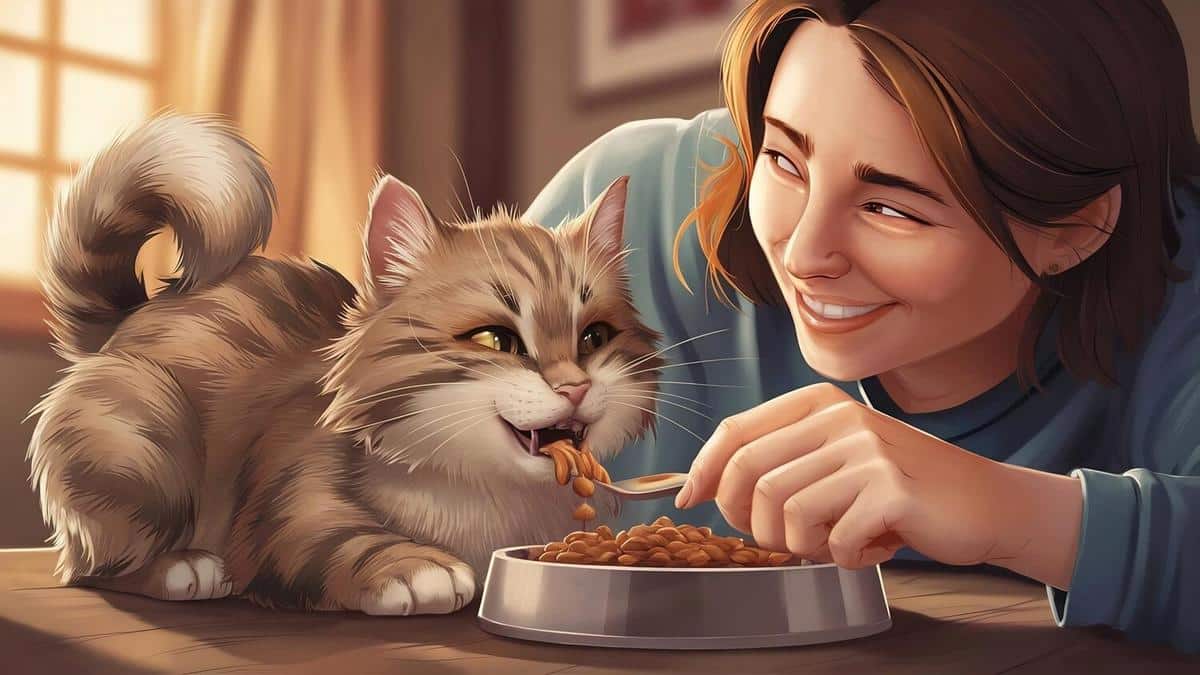
Decoding Pet Food Labels: What Every Owner Needs to Know
Understanding what’s inside your pet’s food can feel like deciphering a foreign language. As a pet owner, navigating the complex world of pet food labels is essential to ensure your furry friend receives the best nutrition possible.
Breaking Down the Pet Food Label
Pet food labels can be confusing, but understanding them is crucial for your pet’s health. Let’s explore the key components you should focus on.
Guaranteed Analysis
This section provides a breakdown of the nutritional components such as protein, fat, fiber, and moisture. However, Dr. Lisa Freeman from the Cummings School of Veterinary Medicine at Tufts University suggests, “It’s important to remember that these percentages are not the whole story. Consider the quality of ingredients, not just the quantity.”
Ingredient List
Ingredients are listed by weight, with the heaviest first. Look for whole ingredients like chicken or beef as the first component, rather than by-products or fillers. For example, if the first ingredient is “chicken meal,” it indicates a concentrated source of protein.
Decoding Marketing Terms
Terms like “natural,” “organic,” or “grain-free” can be misleading. According to a 2022 pet nutrition study, many “grain-free” diets may not be necessary for all pets unless they have specific allergies.
Personal Experience
When I switched my dog to a food focusing on real meat and veggies, I noticed her coat became shinier and she had more energy. This personal experience highlights the impact of quality ingredients.
Actionable Tips for Pet Owners
- Consult your vet to understand your pet’s specific nutritional needs.
- Research brands to ensure they meet the standards set by the Association of American Feed Control Officials (AAFCO).
- Transition gradually if changing your pet’s diet to avoid digestive issues.
Comparison Table of Common Pet Food Terms
| Term | Meaning |
|---|---|
| Organic | Produced with organic ingredients. |
| Natural | No artificial preservatives or colors. |
| Grain-Free | No grains like wheat, corn, or soy. |
| By-products | Secondary products derived from meat processing. |
| Meal | Concentrated protein source. |
| Preservatives | Added to prevent spoilage. |
| Complete | All essential nutrients are present. |
| Balanced | Nutrients are in correct proportions. |
FAQs
What does ‘complete and balanced’ mean?
It indicates that the pet food contains all essential nutrients in the right proportions as per AAFCO standards.
Should I be concerned about grain-free diets?
Unless your pet has a specific allergy, grain-free diets are not necessary and should be discussed with a vet.
Conclusion
Decoding pet food labels is an essential skill for pet owners committed to providing the best nutrition for their furry friends. By understanding labels, consulting experts, and selecting foods that meet AAFCO standards, you can make informed decisions that support your pet’s health.


